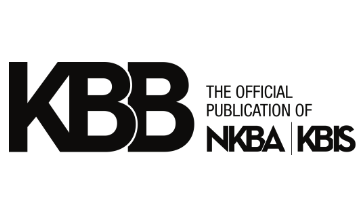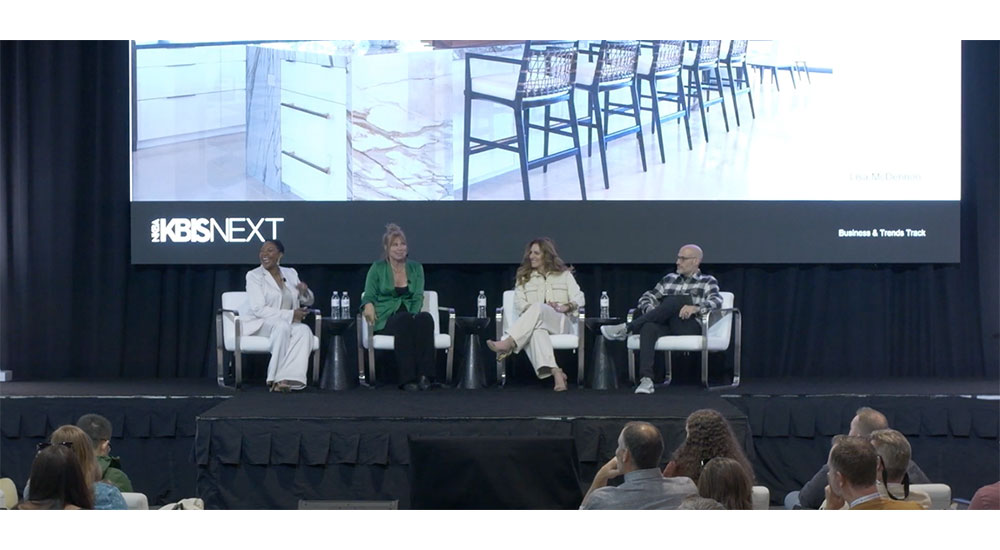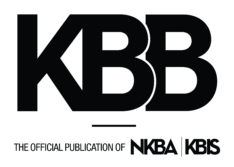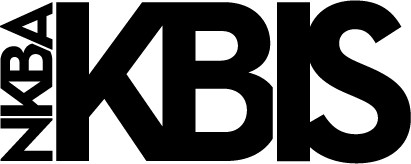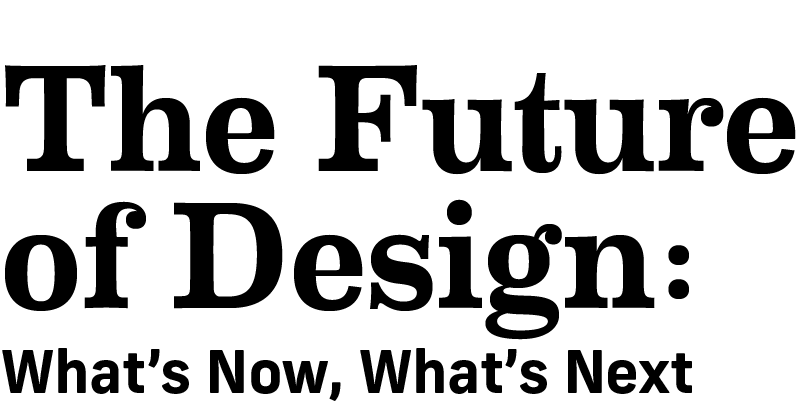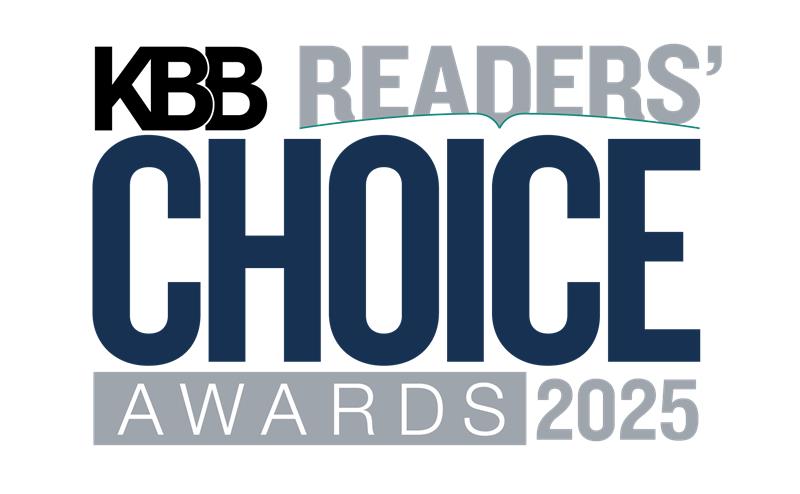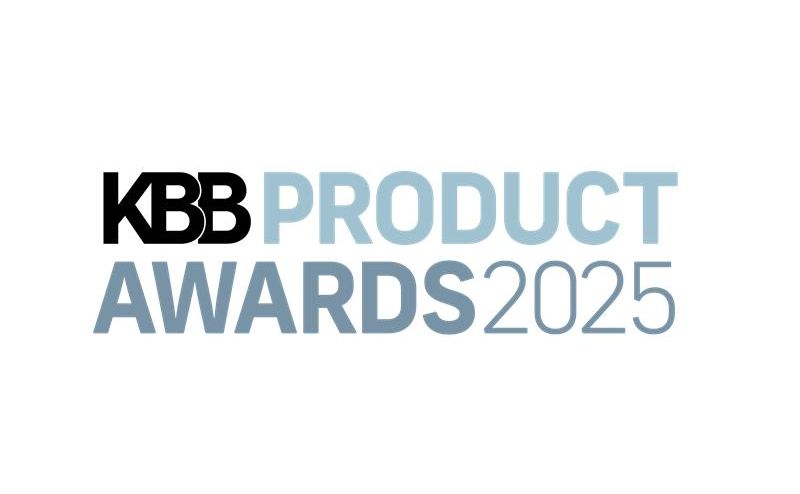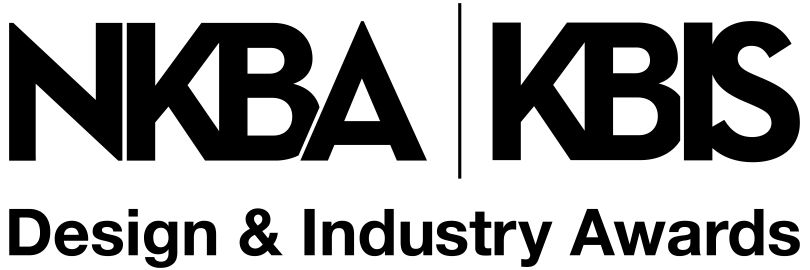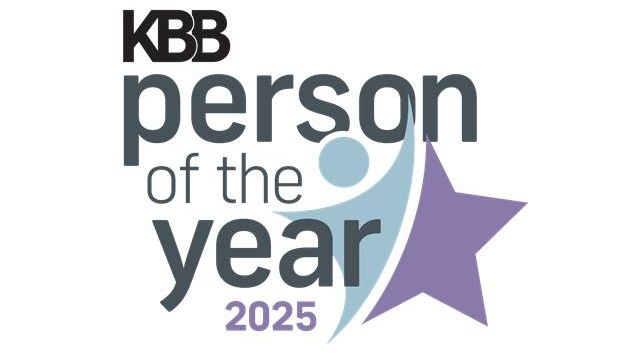If you’ve been working in design over the past few years, you know the drill: Timelines shift, prices creep up, supply chains wobble, and clients have big feelings about all of it. At KBIS 2025 on the NEXTStage, a panel of industry pros, including Josh Cooperman, Kim Gordon, Arianne Bellizaire and Lisa McDennon, pulled back the curtain on how they’re navigating client demands. Their candid insights remind us that design isn’t just about creating beautiful spaces, it’s about managing expectations, relationships and risk.
Contracts Are Living Documents
One theme came through loud and clear: Contracts can’t be one-and-done. Designers are continually updating theirs to reflect new realities – like material shortages, delayed shipments or price hikes. Instead of vague “acts of God” clauses, contracts now include clear language about uncontrollable factors. The point isn’t to scare clients; it’s to set honest expectations from day one.
Breaking Projects Into Smaller Pieces Builds Trust
Large, open-ended projects can overwhelm both designers and clients when uncertainty hits. Many panelists now favor smaller, phased scopes or even hourly arrangements. This way, clients see progress and feel in control, while designers can adapt as market conditions shift. It’s less about delivering a single big reveal and more about working side by side.
Honesty Really Is the Best Policy
A refreshing takeaway: It’s okay to admit what you don’t know. Tariffs, supply chain disruptions, shipping delays – no one has all the answers. What clients want most is transparency. Saying, “Here’s what we know, here’s what we don’t, and here’s how we’ll adjust together,” builds more trust than pretending to have crystal-ball certainty.
The High–Low Approach Saves the Day
When budgets tighten, smart designers go high–low: Splurge on statement items, and balance them with budget-friendly finds. Think of it like fashion – pair a designer jacket with jeans from Target. Clients still get a polished look, even if the refrigerator suddenly costs more than expected.
Supplier Relationships Are Gold
Suppliers aren’t just order takers; they’re partners. Designers act as brand ambassadors every time they specify a product, and that comes with responsibility. The panel emphasized:
- Stay in close contact with showrooms and manufacturers.
- Push for early warnings on price increases.
- Expect support when bringing clients into the showroom.
- Recognize that many brands now track designer loyalty and reward it.
These relationships aren’t just nice-to-have – they’re survival tools in a volatile market.
Not Every Client Is the Right Client
Here’s a tough truth: Sometimes, you need to walk away. A misaligned client can drain morale, drag projects on for years and erode your team’s energy. The advice? Have the courageous conversation yourself, directly and respectfully. A solid contract helps, but ultimately it’s about protecting your peace and your reputation.
Budget Talks Are Emotional, Not Just Financial
One audience member reminded everyone: Clients don’t buy design with logic alone. The decision to move forward is emotional. If they love the vision, the budget becomes secondary. Designers should never shy away from presenting the real numbers – confidence in the value makes the cost easier to accept.
Multifamily Needs More Love
For those working in multifamily design, kitchens and baths often get shortchanged in budgets – yet those are the very spaces that sell units. Panelists urged developers to invest more here, along with practical storage solutions that residents always crave.
Balancing Risk and Innovation
Finally, what about experimenting with new products in uncertain times? The consensus: Be smart, not scared. Try new solutions if the warranty is strong, the manufacturer is reputable and the client is open to it. Future-proofing homes with wiring for tech (but leaving the gadgets optional) is one example of low-risk innovation.
Design in 2025 is as much about navigating people and processes as it is about materials and aesthetics. The good news? With honesty, adaptability and strong relationships, designers can not only survive uncertainty – they can thrive in it.
Watch the live video from KBIS 2025 above for more information and great tips on navigating client demands.
